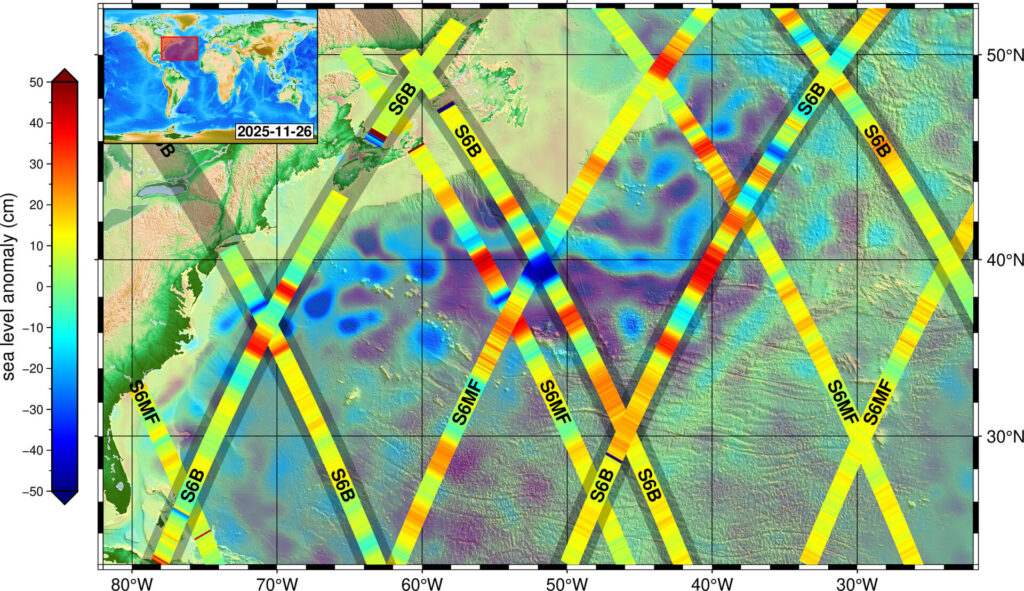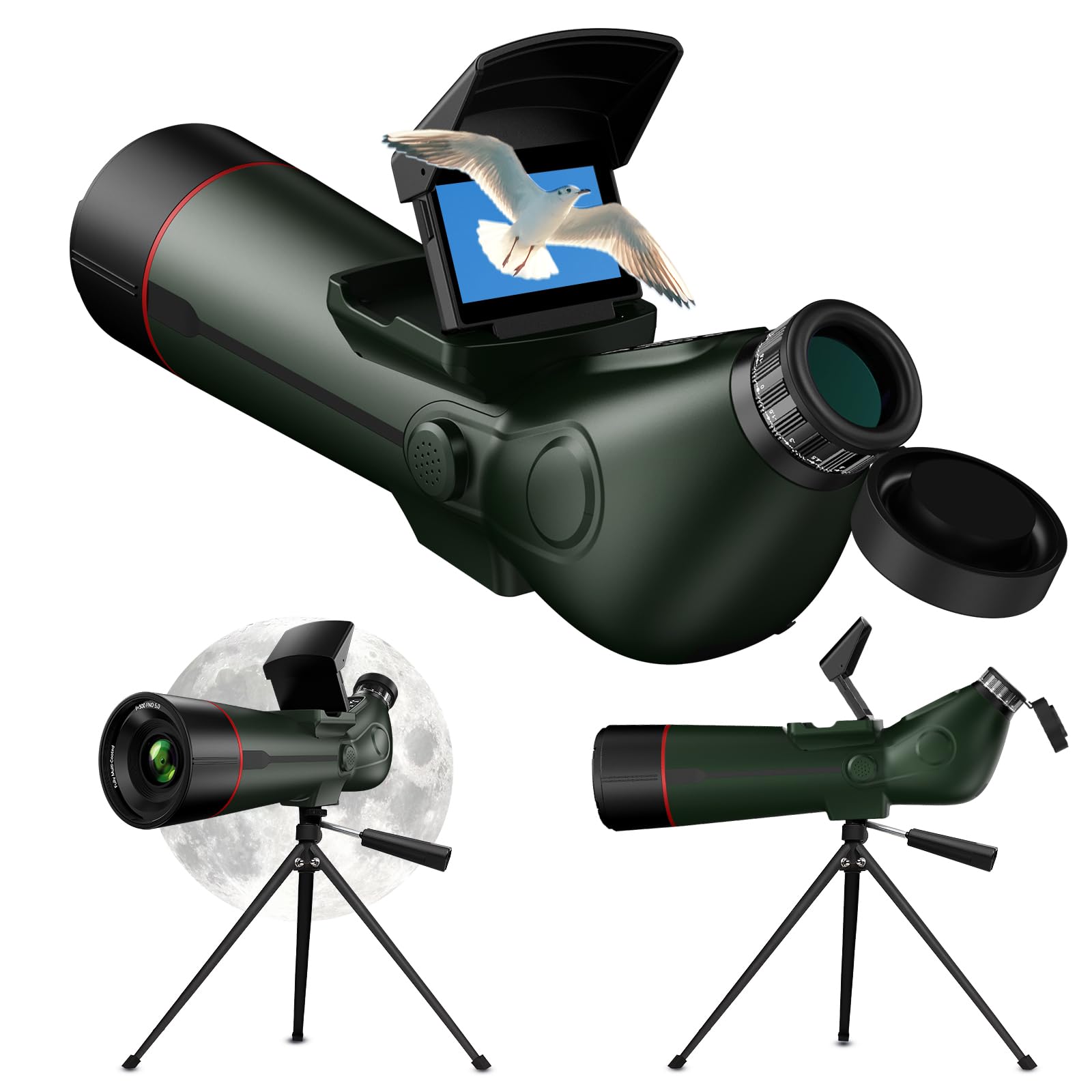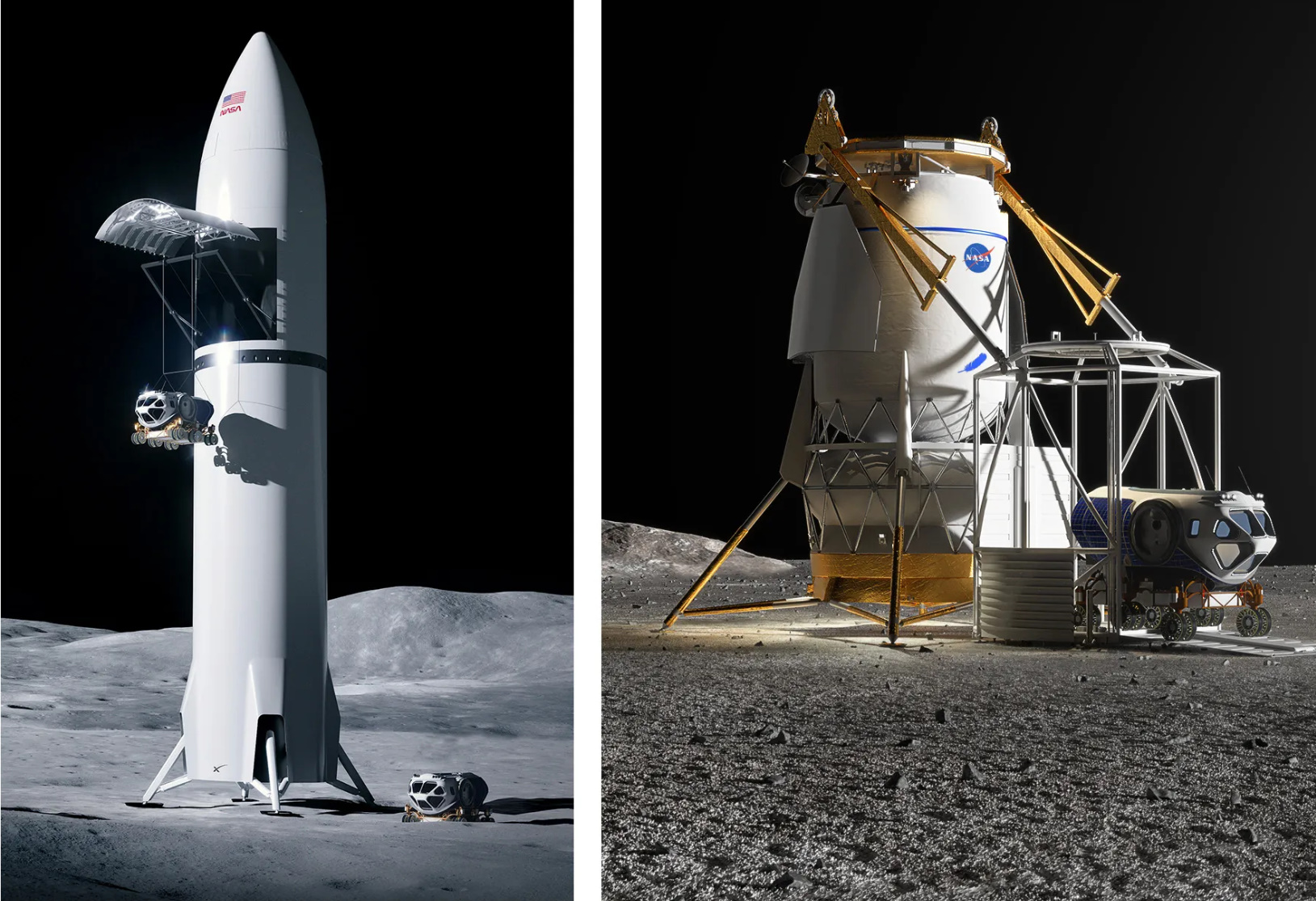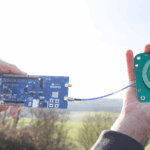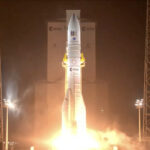Now Reading: Viasat Unveils Revolutionary In-Flight Connectivity Solution Viasat Amara to Transform Air Travel Experience
-
01
Viasat Unveils Revolutionary In-Flight Connectivity Solution Viasat Amara to Transform Air Travel Experience
Viasat Unveils Revolutionary In-Flight Connectivity Solution Viasat Amara to Transform Air Travel Experience


In a groundbreaking initiative backed by the European Space Agency (ESA), Viasat, a leader in satellite communications, is launching a new in-flight connectivity solution named Viasat Amara. This comes on the heels of a successful experiment featuring a novel antenna terminal, aimed at significantly enhancing in-flight streaming and video calling for passengers.
Viasat Amara is equipped with a dual-beam phased array antenna that allows for improved connectivity for both latency-sensitive applications, such as video calls, and bandwidth-intensive tasks, like streaming live sports. The antenna’s design enables it to communicate with satellites in both low Earth orbit (LEO) and geostationary orbit (GEO). This dual capability is key; LEO satellites offer lower latency with virtually no communication delays, while GEO satellites boast higher bandwidth, facilitating the transmission of larger amounts of data.
The development of this technology was achieved through a collaboration with ESA’s Advanced Research in Telecommunications Systems (ARTES) program. A pivotal experiment was conducted in 2021, where a demonstration flight took place from Rotterdam to Payerne, showcasing the antenna’s ability to maintain a stable satellite connection. Passengers on this flight were able to stream content from platforms like YouTube and Netflix and engage in video calls, highlighting the antenna’s practical applications.
What sets the Viasat antenna apart is its electronically steered phased array design. This allows for a multitude of small antenna elements to synchronize their signals to create a unified connection, enhancing efficiency and response times. This innovative approach not only accelerates connectivity but also provides the capability to link with two satellites simultaneously, ensuring robust and reliable in-flight access.
Viasat expects to launch its commercial service for Amara by 2028. Its modular technology promises smooth integration into existing systems, making it a value for money solution for airlines looking to upgrade their in-flight offerings. “Phased array antennas represent an important advancement in making in-flight connectivity more energy-efficient and space-saving. We are eager to explore further collaborations with Viasat and other industry partners to bring these benefits to ESA member states,” commented Massimiliano Simeoni, the Project Implementation Manager for Aidan at ESA Connectivity and Secure Communications.
Viasat envisions the Amara terminal as a transformative element in in-flight connectivity, going beyond conventional high-speed internet to maximize value for airline customers through enhanced connectivity options. The development signifies a promising leap towards a new era of passenger experience in air travel, as the aviation industry continues to adapt to evolving technological demands.
Stay Informed With the Latest & Most Important News
Previous Post
Next Post
-
 012024 in Review: Highlights from NASA in Silicon Valley
012024 in Review: Highlights from NASA in Silicon Valley -
 02Panasonic Leica Summilux DG 15mm f/1.7 ASPH review
02Panasonic Leica Summilux DG 15mm f/1.7 ASPH review -
 03From Polymerization-Enabled Folding and Assembly to Chemical Evolution: Key Processes for Emergence of Functional Polymers in the Origin of Life
03From Polymerization-Enabled Folding and Assembly to Chemical Evolution: Key Processes for Emergence of Functional Polymers in the Origin of Life -
 04How New NASA, India Earth Satellite NISAR Will See Earth
04How New NASA, India Earth Satellite NISAR Will See Earth -
 05And Thus Begins A New Year For Life On Earth
05And Thus Begins A New Year For Life On Earth -
 06Astronomy Activation Ambassadors: A New Era
06Astronomy Activation Ambassadors: A New Era -
07SpaceX launch surge helps set new global launch record in 2024













